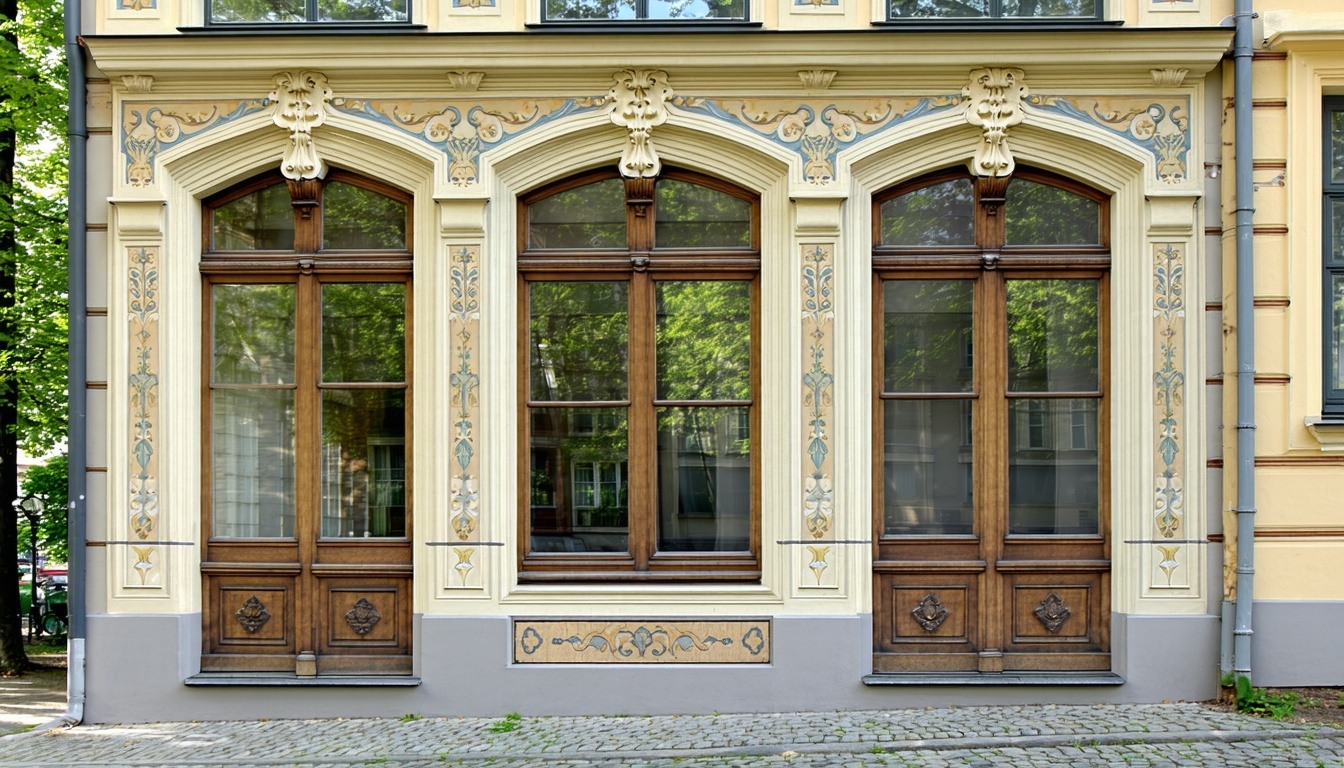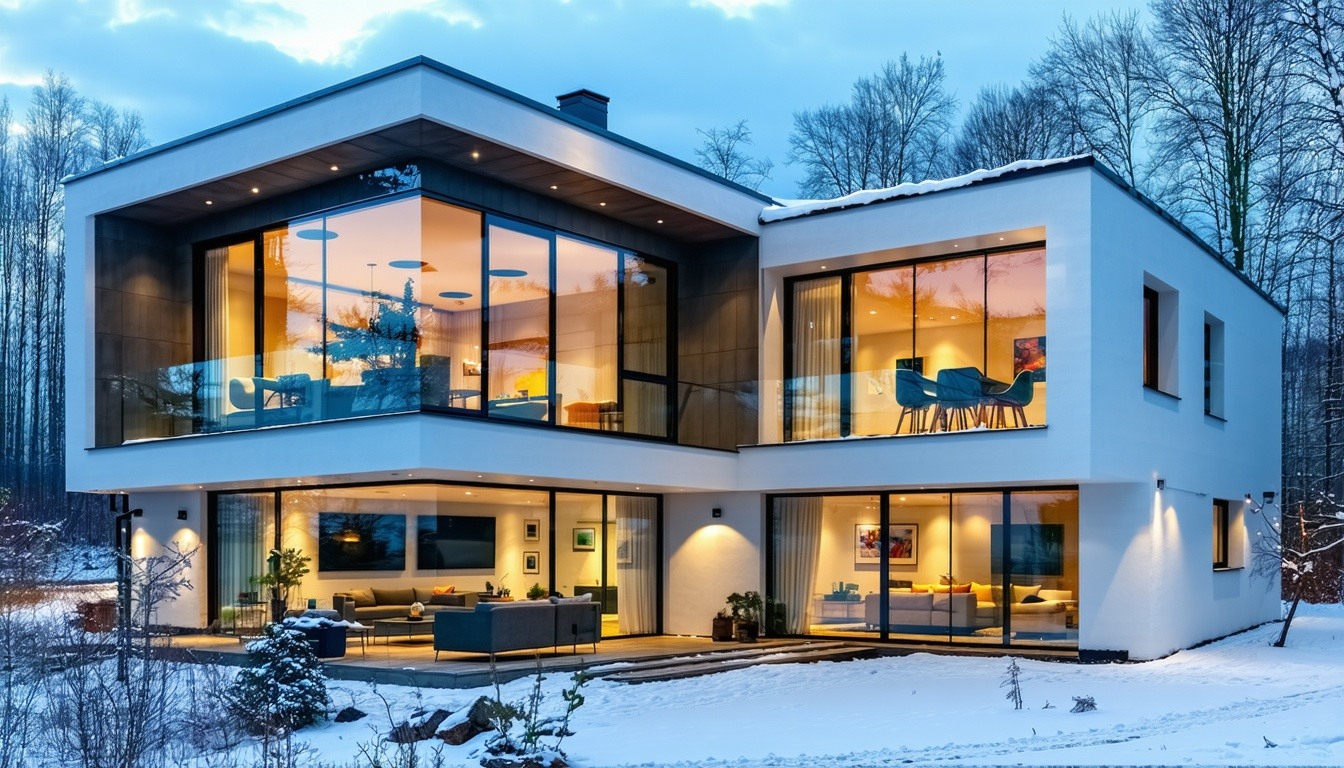Latvia is home to countless architectural treasures—from ornate Art Nouveau façades in Rīga to centuries-old wooden homes in small towns. Preserving these historic buildings while improving comfort and sustainability has become...
Retrofitting Historic Windows in Lithuania
Why Retrofitting Historic Windows in Lithuania with Vacuum Glazing Is the Smart Future
Preserving Lithuania’s architectural heritage while improving comfort and efficiency is no easy task. Historic buildings, often protected for their cultural value, typically feature original timber or metal windows that can’t simply be replaced. That’s where vacuum glazing offers a transformative solution — perfect for retrofitting historic windows without compromising their original design.

What Makes Vacuum Glazing Ideal for Retrofitting?
Vacuum glazing consists of two panes of glass separated by a vacuum layer just 0.1 mm thick. This ultra-slim structure delivers modern insulation performance while keeping the overall thickness to just 6.3–8.3 mm — ideal for fitting into the narrow glazing rebates of traditional window frames.
Unlike standard double glazing, vacuum glazing doesn't require thick profiles or structural changes. It allows Lithuanian architects, restorers, and window installers to meet energy-efficiency goals without affecting the visual integrity of historic façades.
Retrofitting Historic Windows Without Losing Heritage Value
When working on historic buildings in cities like Vilnius, Kaunas or Klaipėda, maintaining the external aesthetic is key. Vacuum glazing fits discreetly into original sash or casement windows, preserving every millimetre of handcrafted joinery while improving performance.
For listed properties or those in conservation areas, this subtlety can be the difference between gaining or losing planning approval. Vacuum glazing is increasingly accepted by heritage consultants across Europe for this very reason.
Key Benefits of Vacuum Glazing for Lithuanian Projects
-
Energy Efficiency: Achieves U-values as low as 0.4 W/m²K, helping historic homes and public buildings meet EU energy targets.
-
Comfort Upgrade: Cuts down on drafts and cold spots, providing a more stable indoor temperature year-round.
-
Slim Profile: Fits within existing timber or steel frames, avoiding the need for extensive alterations.
-
Noise Reduction: Reduces external noise by up to 39 dB — ideal for retrofits in busy urban areas.
-
Condensation Control: Inner panes stay warmer, reducing moisture build-up and protecting window frames.
Planning and Conservation in Lithuania
In Lithuania, any changes to the windows of protected historic buildings typically require approval from local heritage authorities. Because vacuum glazing preserves the frame and overall appearance, it’s far more likely to be accepted than full replacements or bulky secondary glazing.
We always recommend coordinating with your municipal planning department or Kultūros paveldo departamentas (Cultural Heritage Department) early in the project.
Why Not Secondary or Slim Double Glazing?
While secondary glazing has its place, it often alters the window’s interior look and complicates operation. Slim double glazing, on the other hand, is still thicker than vacuum glazing and often suffers from issues like double reflections and seal failures.
Vacuum glazing outperforms both in efficiency, aesthetics, and durability — making it the go-to for retrofitting historic windows in Lithuania.
Ready to Retrofit Historic Windows in Lithuania?
Vacuum glazing is more than a modern upgrade — it’s a conservation-friendly solution that brings historic buildings into the 21st century without losing their soul. Whether you're planning a museum renovation in Vilnius or upgrading windows in a manor house in the countryside, vacuum glazing offers unmatched results.
Contact Vacuum Glazing EU for expert advice and a personalised quote today.
From the blog
Lorem ipsum dolor sit amet consectetur, adipisicing elit. Ipsa libero labore natus atque, ducimus sed.

Energy-efficient windows, Double glazing alternatives, Sustainable windows, Energy-saving windows, Vacuum glazing benefits, Thermal insulation windows, Eco-friendly glazing, Noise reduction windows, Historic building windows, Advanced window technology, Green building solutions
Replacement Windows in Historic Buildings in Latvia: Why LandVac Vacuum Glazing Is the Ideal Solution

Energy-efficient windows, Double glazing alternatives, Sustainable windows, Energy-saving windows, Vacuum glazing benefits, Thermal insulation windows, Eco-friendly glazing, Noise reduction windows, Historic building windows, Advanced window technology, Green building solutions
Improve Thermal Performance of PVC Windows in Latvia’s Modern Buildings with LandVac Vacuum Glazing
Modern architecture in Latvia places a strong emphasis on sustainability, energy efficiency, and visual appeal. PVC windows are a common feature in newer homes and commercial buildings thanks to their affordability and sleek...

Energy-efficient windows, Double glazing alternatives, Sustainable windows, Energy-saving windows, Thermal insulation windows, Eco-friendly glazing, Noise reduction windows, Historic building windows, Advanced window technology, Green building solutions
Improve Thermal Performance of PVC Windows in Lithuania with Vacuum Glazing
PVC windows are widely used in Lithuanian homes and apartment buildings because they’re affordable, practical, and low maintenance. But as the years go by, their energy efficiency often decreases — especially if the original...
